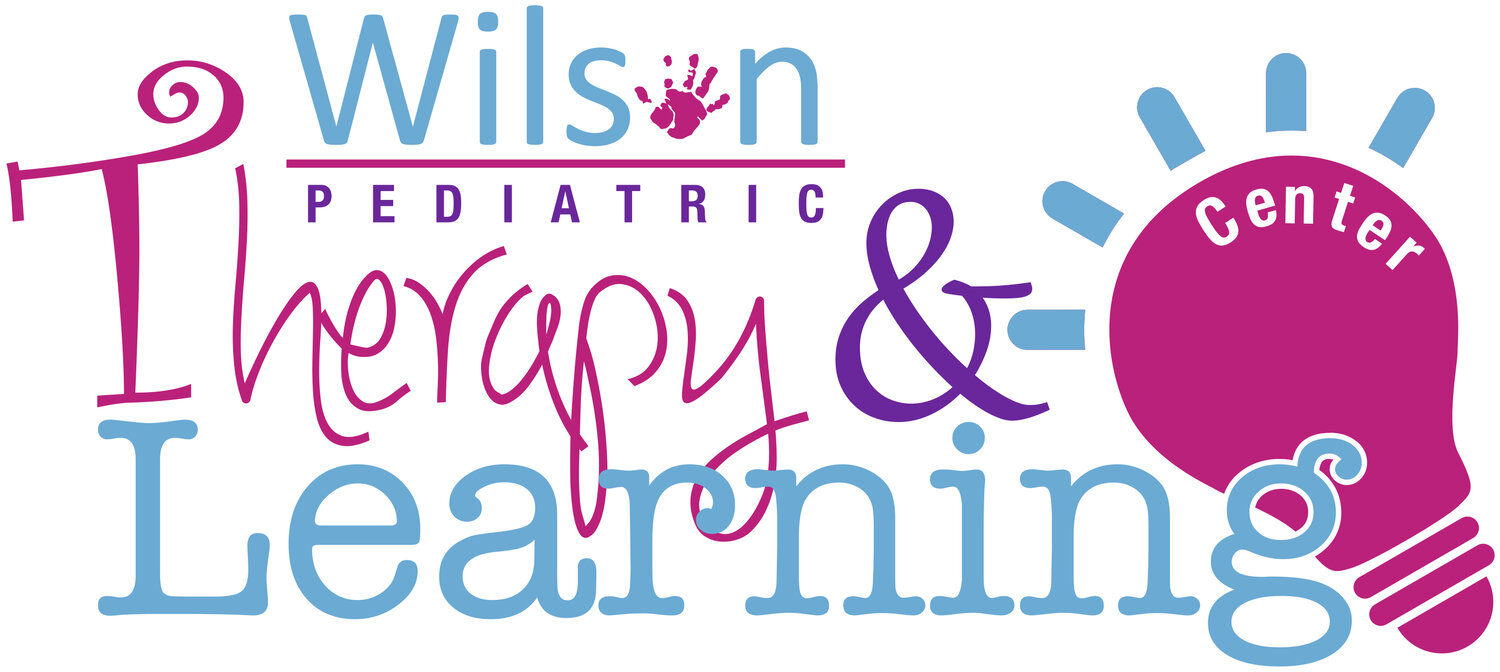What is Occupational Therapy for Kids?
Occupational therapists, or OTs, work with people of all ages. Our main focus in occupational therapy is on what we call ADLs, which stands for Activities of Daily Living. BADLs (or Basic Activities of Daily Living) for people of all ages include self-feeding, dressing, grooming (brushing teeth, combing hair, hand washing), toileting, and showering/bathing. For children, ADLs also include play skills and being able to participate in learning at school, whether that be handwriting and fine motor skills, being able to sit and engage in learning activities, or being able to interact appropriately with peers.
Occupational therapists work with children with and without diagnoses who have trouble completing age-appropriate daily living activities. We address barriers that affect a person’s emotional, social, and physical needs by using everyday activities, exercises, and adapting activities to make them achievable.
For children to be able to participate in necessary daily activities, OTs will teach them the skills they need. These skills may include:
Teaching sensory-based emotional regulation strategies, including learning social skills and appropriate ways to manage feelings (including frustration, anger, sadness) through calming strategies
Improving bilateral coordination (or the ability for both sides of the body to work together) to complete everyday tasks such as tying shoes, catching a ball, or getting dressed
Improving hand-eye coordination & visual-motor integration (a combination of visual perceptual skills and coordinating motor activities while also visually understanding what is happening). Visual-motor skills and hand-eye coordination are essential for handwriting, sports, ball skills, and play skills such as climbing, riding a bike, and more.
Diet expansion through feeding therapy
Bettering fine motor skills (manipulating objects with the hands in order to complete everyday tasks such as handwriting, play skills, grasping, and releasing toys)
Teaching children and families how to use special equipment, if needed, in order to promote independence in daily tasks (including wheelchairs and seating systems, bathing equipment, dressing devices, feeding devices, and more)
Integration of primitive reflexes: Primitive reflexes develop in the womb and are automatic movements without thought or direction that help newborns stay safe and learn to move. Primitive reflexes should have a limited life span and should suppress as a child gets older. However, sometimes they aren’t naturally integrated for a variety of reasons, and this may cause issues with social skills, coordination, emotional regulation, problem-solving, reading and writing, focusing in class, anxiety, reading and writing, and more.
And more!
Contact us with any questions about occupational therapy or to see if an occupational therapy evaluation might be appropriate for your child!
